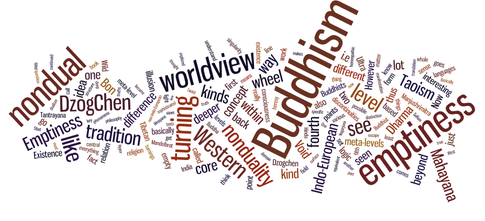Afterthoughts About Mahayana and Hinayana Buddhism

Because I am a Mahāyāna priest ordained in several lineages it all the propaganda regarding the Mahāyāna movement comes to my eyes or ears almost daily. It seems that many have personal definitions of what Mahāyāna is. The word has almost become meaningless in and of itself. These definitions are most often juxtaposed to another word that is just as meaningless — Hīnayāna. When studying under one Zen “master” the words were bandied about with nuanced meaning, Mahāyāna = good, superior, vast and authentic; Hīnayāna = bad, inferior, narrow, small, corrupt and inauthentic. What do these words mean? Because the words seem important they ought to be examined. In the Mahāyāsütrālaṅkāra of the famous Asaṅga (circa the 4 th century CE), co-founder of the Vijñāvāda or Yogācā school of Mahāyāna Buddhism uses both terms. In his work the school called Theravada (Pali) or Sthaviravada (Sanskrit) was identified as the Hīnayāna. Asaṅga possibly had the Indian Sthaviravadin in mind wh...
